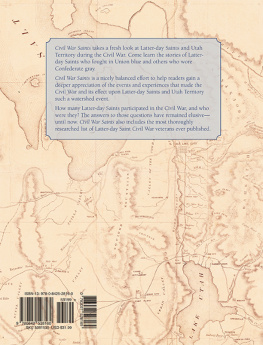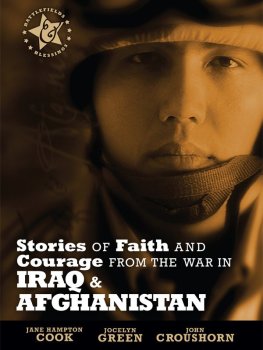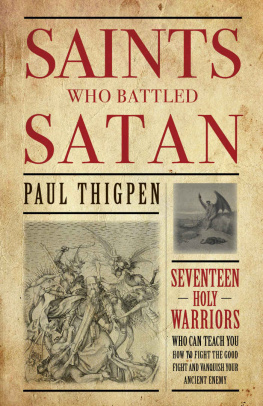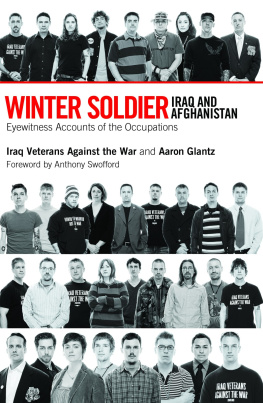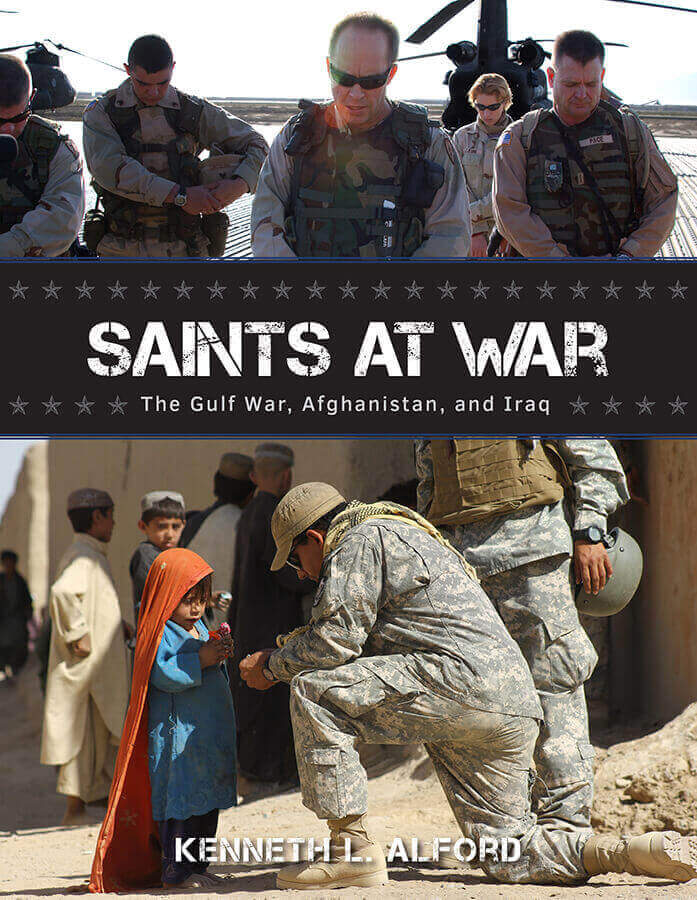More than yesterday, less than tomorrow.
This book has been a labor of love for almost fifteen years. I first became associated with Brigham Young Universitys Saints at War project shortly after the turn of the century while serving as a faculty member at the United States Military Academy at West Point, and I express my appreciation to Robert C. Freeman and Dennis A. Wright, who conceived and established this important project. It has been a continuing honor to associate with the soldiers, sailors, Marines, airmen, and civilians who have served our country exceedingly well in times of conflict.
I am grateful for the able and willing assistance I have received from numerous librarians, archivists, and curators at Brigham Young Universitys L. Tom Perry Special Collections and the Harold B. Lee Library. Any book is a collaboration and an unconscious recipient of indebtedness to others. I wish to express my gratitude to the Church History and Doctrine Department chairs Arnold K. Garr, Richard E. Bennett, and Alexander L. Baugh as well as to Terry B. Ball, Brent L. Top, and Daniel K Judddeans of Religious Education. I am grateful for the support of the Religious Studies Center, who provided much of the funding for this research. I am indebted to Religious Studies Center publications directors Robert L. Millet, Richard Neitzel Holzapfel, Dana M. Pike, Thomas A. Wayment, and Scott C. Esplin for encouraging this ongoing research. I appreciate the excellent work that R. Devan Jensen, Emily V. Strong, Brent R. Nordgren, and Emily Cook at the Religious Studies Center did to create and lay out this book.
At the risk of leaving someone out, I wish to express my profound gratitude to the small army of student research assistants who have contributed to this project during the extended time of its preparation. Students have assisted with cataloging, filing, checking, editing, sorting, and evaluating the numerous stories and anecdotes received. The many student research assistants and readers who have contributed to this book include Katie Heath, Joseph R. Stuart, Mary E. Moberly, Ian S. Lindsay, Nathan Freeman, Phil Abbott, Scott Lovejoy, Trevor Slezak, Elizabeth DeFranco, Jessica Snyder, Amanda Van Leuven Campos, Shauna Humphries, Talia Abbott, Clark Allen, Brooke Bons, Justin Childs, Camille Duncan, Jared Evans, Ingrid Gubler, Kayla McDonald, Meg Meiners, Elizabeth Nelson, Seth Nelson, Sarah Palmer, Patrick Phinney, Brendon Wolfe, Mikel Cressman, Sara Duncan, Natalie Packard, Stewart Foster, Allison Foster, Abby Rich, Zachary Lambert, Joshua White, Miranda Lape, Savannah Jardine, and Alayna Calderwood.
I am especially indebted to Eugene J. Wikle, who, while serving as the first Latter-day Saint district president in Afghanistan, actively supported this project in myriad waysfrom contributing photos and stories to sitting for interviews and encouraging others to contribute their own experiences. I am also grateful for the support and assistance of Guy Hollingsworth, who served as the first president of the Baghdad Iraq Military District.
Finally, I wish to sincerely thank the many men and women who have willingly shared their life experiences (and in many cases their photographs, as well) to help us share insights into Latter-day Saint experiences during the Gulf War, the War in Afghanistan, and the Iraq War. Thank you for your service!
War is a challenging context to be sure , and there are numerous measures of the sacrifice rendered. Military service is always a family sacrifice, of course, and it can never be forgotten that there are parents, siblings, spouses, and other loved ones who worry and wonder from the home front about the welfare of the one at the battlefront. In the modern day, the media portrays a wars progress in real time as politicians and pundits debate the legitimacy of that conflict. This imposes additional stresses on both those who serve and those back home who support their soldiers.
It is a genuine privilege to be invited to contribute the foreword for this volume. For many years, Ive enjoyed my association with Dr. Kenneth Alford, and Ive looked forward to this day. I have admired Kens contributions and scholarship as it relates to documenting the story of Latter-day Saint wartime service in various conflicts. Because of his own military service, he is especially well positioned to help preserve and access the voices of veterans from our more recent wars.
During his career at Brigham Young University, Ken has compiled many accounts of those who have served. He has carefully conducted interviews, acquired accounts, and prepared them to be shared so readers might learn from those who served in the military during these complex times.
This book makes an important contribution. It shares a wide variety of experiences of members of The Church of Jesus Christ of Latter-day Saints who have participated in three separate but related modern conflicts, beginning with the First Gulf War, or Operation Desert Shield and Desert Storm. The second and third wars, initially named Operation Enduring Freedom (Afghanistan) and Operation Iraqi Freedom (Iraq), erupted shortly after the turn of the twenty-first century in 2001 and 2003, respectively. They have been long and protracted conflictsranking among the longest wars in American history.
Dr. Alford has set the context for the conflicts and provided helpful timelines as well as overviews for each of the wars. In addition, he and his research team have detailed the approaches to Church organization in the various theaters of operation. Finally, and most importantly, he has presented the accounts of those who were there and who experienced these conflicts firsthand.
One may ask, What is the value to be derived from a volume like this? Speaking to students at Brigham Young University in March 2003, on the eve of the war in Iraq, former Church President Gordon B. Hinckley signaled at least one important answer. On that occasion he said, May those of us who are spared of such [military] sacrifice never be proud or arrogant, but rather humbly grateful for those who lay their lives on the line in time of war. In truth, just learning the stories of our veterans is a powerful way to evidence our gratitude.
May deepened appreciation and gratitude for the price that is paid be the dividend for those who read this volume, and may God bless those who serve in our military both in times of war and of peace to preserve the freedoms we all cherish.
Robert C. Freeman, PhD
Professor, Church History and Doctrine
Brigham Young University
.Quoted in Jesse Hyde, President Hinckley Speaks of War, Deseret News , March 20, 2003.
This book follows in the footsteps of the other Saints at War volumeson nineteenth-century conflicts, World War I, World War II, the Vietnam War, and the Korean Warthat were authored by my colleagues and friends Robert C. Freeman, Dennis A. Wright, and Andrew C. Skinner. As the first volume in this series explained, The chief objective of the Saints at War project is to create an archive at the L. Tom Perry Special Collections housed in the Harold B. Lee Library at Brigham Young University. This archive will preserve the personal histories, journals, letters, photographs, and other documents contributed by the veterans and their families. The materials we are collecting will be a valuable contribution in Church history, military history, and family history research. This volume is the next contribution to that cause.


